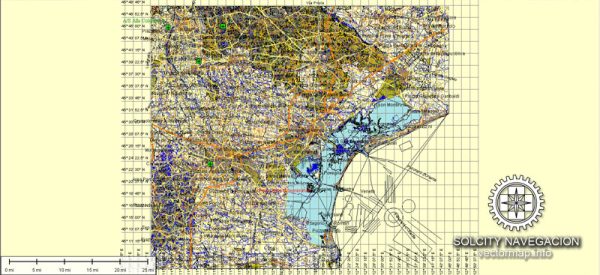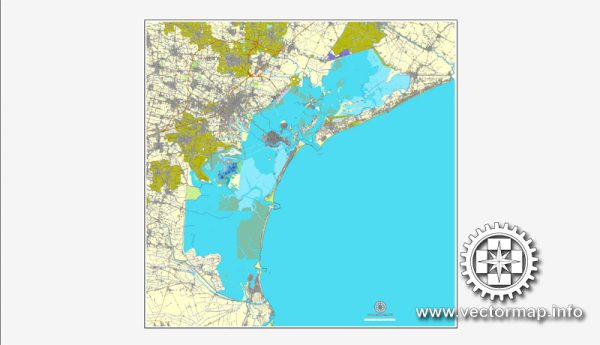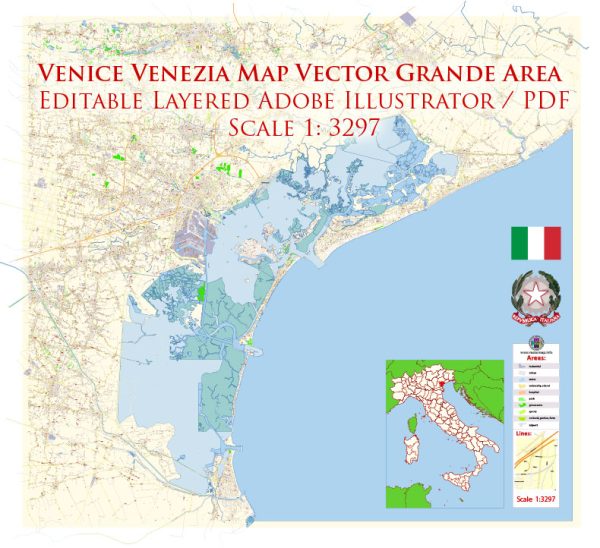Venice, Italy, is a unique and iconic city known for its intricate network of canals and numerous bridges. Its water resources and bridges play a crucial role in the city’s history, culture, and daily life. Here are some key points about Venice’s water resources and bridges:
- Canals: Venice is built on a group of 118 small islands in a lagoon in the Adriatic Sea. The city’s canals are a fundamental part of its transportation system and have served as both highways and defensive moats throughout its history. The canals are connected by a series of smaller waterways and lined with historic buildings.
- Grand Canal: The Grand Canal (Canal Grande) is the largest and most important canal in Venice. It snakes its way through the city in an S-shape and is flanked by impressive palaces, churches, and other buildings. It serves as a major thoroughfare for waterborne transportation in the city.
- Bridges: Venice is famous for its numerous bridges, both large and small. The most iconic of these is the Rialto Bridge (Ponte di Rialto), which spans the Grand Canal and has been a symbol of the city for centuries. The city has more than 400 bridges, and they come in various sizes and designs, ranging from simple stone structures to ornate works of art.
- The Bridge of Sighs: Another famous bridge in Venice is the Bridge of Sighs (Ponte dei Sospiri), which connects the Doge’s Palace to the historic prison. Legend has it that the bridge earned its name because prisoners would sigh as they crossed it, seeing their last view of Venice before incarceration.
- Water Sources: Venice relies on several sources of water, including the lagoon and the wells and cisterns within the city. Historically, the lagoon water was the primary source of drinking water, though today, much of Venice’s drinking water is brought in from the Italian mainland via an underwater pipeline. The use of well water is limited due to concerns about saltwater intrusion into the city’s aquifers.
- Aquatic Transportation: Boats, gondolas, and vaporettos (water buses) are the primary modes of transportation within Venice. The absence of cars and roads has made the city unique and charming, and the waterways serve as the main arteries for getting around the city.
- Flooding and High Tides: Venice is prone to occasional flooding, known as “aqua alta,” due to high tides, storm surges, and subsidence. To combat this, the city has implemented a system of movable barriers called the MOSE project to protect against extreme high tides and flooding.
Venice’s water resources and bridges are not only practical but also a significant part of its cultural heritage and charm, making it a world-famous destination for tourists and a source of inspiration for artists and writers.




 Author: Kirill Shrayber, Ph.D.
Author: Kirill Shrayber, Ph.D.